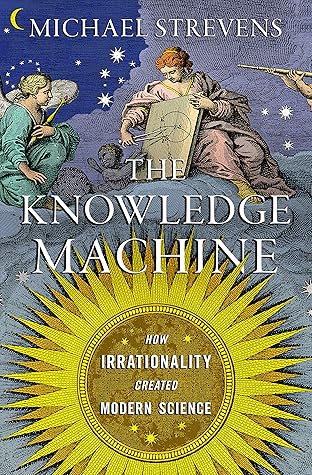Even if a certain Newtonian quietude prevails in the great public spaces of science, the back rooms and connecting passages are wide open to untrammeled Cartesian hubbub. Indeed, scientific discovery relies to a not inconsiderable extent on this furtive openness, which has allowed thinkers such as Murray Gell-Mann, D’Arcy Thompson, and Albert Einstein to use their aesthetic and philosophical senses in the search for extraordinary theories. These great scientists were exceptional in more than one way. Not only were they brilliant and imaginative; they also succeeded in evading the deadening
...more
Welcome back. Just a moment while we sign you in to your Goodreads account.


